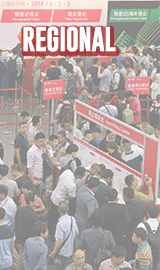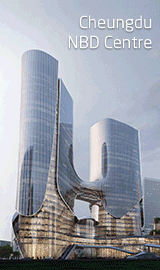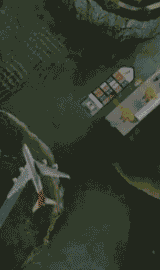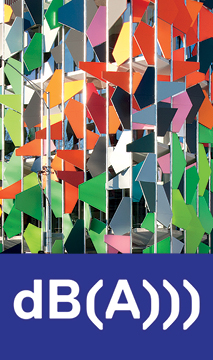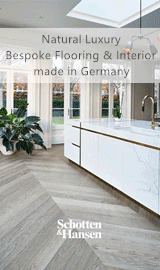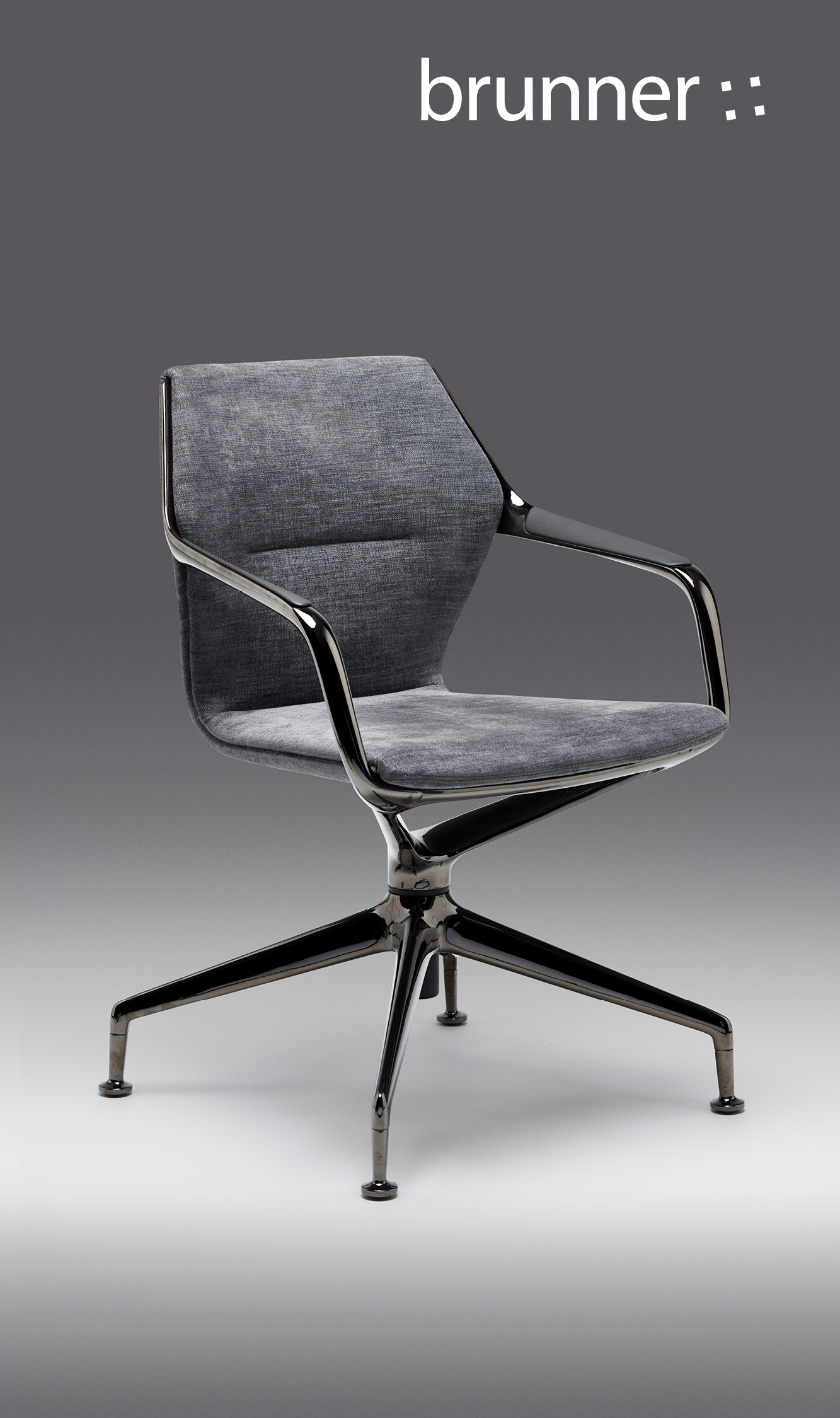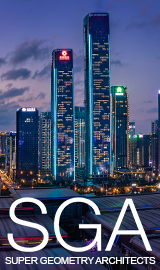Standing beneath the plaza of the Palace Museum of the Manchurian Regime in Changchun, you wouldn’t suspect that beneath your feet, a vast and intricate architectural wonder lies buried—the largest fair-faced concrete underground megastructure in Northeastern China.
Photography: CreatAR Images
Designed by Wutopia Lab and completed after six years of meticulous planning, Deep Time Palace, also known as The Eye of The Museum, isn’t just a feat of engineering. It’s a statement—a materialized philosophy blending industrial pragmatism with poetic grandeur.
Concrete, but with Feeling
Concrete might seem like a straightforward material—solid, unyielding, industrial—but in Deep Time Palace, it’s given an expressive voice. Fair-faced concrete was chosen not just for its durability but for its ability to carry weight—physical and historical. Unlike conventional moulded concrete, the designers sought to liberate the material, pushing its possibilities to the limits. They abandoned conventional formwork, opting instead for steel moulds to shape large-span thin-shell swept surface concrete domes—a radical approach inspired by early expressionism.
One of the defining aspects of this project was the challenge of maintaining the raw, untamed beauty of the concrete. The museum’s architects used BIM visualization technology to precisely position panel joints and tie rod eyelets. However, concerns arose about whether protective coatings would obscure these carefully orchestrated design elements.
In response, chief architect Yu Ting referenced the work of Eero Saarinen and Le Corbusier, arguing that the beauty of concrete wasn’t in its bolts and seams, but in its ability to absorb and transform light. Instead of striving for an industrial precision that showcased every joint, the protective layer created a transparent boundary, forming an almost ethereal glow as the light shifted across the concrete’s surface. The result? An enchanted expressionism—restrained yet emotionally powerful.
A Palace Concealed Underground
This mammoth structure had to be buried, a decision driven by both aesthetic subtlety and engineering necessity. The museum site sits within a razor-shaped plot, sandwiched between two historic buildings: the Manchurian Regime palace complex and the Museum of the History of Northeast China Under Japanese Occupation.
With a 7.2-metre vertical differential from north to south and a maximum burial depth reaching nearly 18 metres, Deep Time Palace remains hidden from immediate view, allowing the established historical ambiance to remain untouched.
The process was anything but easy. Changchun’s frozen ground periods meant that a third of the construction time was lost annually. The proximity of the deep foundation pit to the palace walls (just 450mm away) necessitated precision engineering, including continuous drilled piles and tie rods to stabilize the structure.
The museum’s 10,000-square-metre fair-faced concrete surface required every pipe and cable to be embedded in advance, ensuring seamless integration with climate control, fire safety, security, and other essential functions—all while maintaining the purity of the exposed concrete.
Deep Time and the Eyes That Watch Over It
Deep Time Palace isn’t just a museum—it’s a meditation on time itself. The concept of “Deep Time” transcends human history, reaching into the 4.6-billion-year story of Earth. The museum’s design reflects this philosophy, challenging the conventional linear perception of time with immense, disorienting scale.
At the heart of this experience are three vast wing-shaped swept surface domes, spanning 27.5 metres in length, 18 metres in width, and soaring 16.5 metres high. These architectural “nodes” act as anchors, guiding visitors through an existential journey that links history, life, environment, and society. To amplify this effect, the designers incorporated skylights in the shape of eyes, piercing through the earth and flooding the subterranean halls with sunlight. These ‘eyes’ are more than mere windows—they symbolize introspection, urging visitors to look beyond the fleeting present and into the expansive continuum of time.
This connection to sunlight carries personal meaning for Yu Ting. He recalls an experience from 2003, when he stood beneath the oculus of the Pantheon in Rome, lost in the shadows, until suddenly, the sun emerged, piercing the darkness and striking him directly. That moment of disorientation, awe, and surrender to time’s unrelenting flow is what he sought to capture in Deep Time Palace—a museum shaped by light as much as it is by concrete.
Cultural Echoes in the Material World
Beyond its architectural brilliance, Deep Time Palace is imbued with layers of cultural significance. Changchun, once the most developed city in East Asia, retains a resilient optimism, refusing to fade into history. This pride is embedded in the fair-faced concrete itself—a material that mirrors the city’s industrial backbone, yet also softens under shifting daylight, as if breathing alongside its visitors.
Even the museum’s entrance plays with perception. The continuous, flowing roof abruptly terminates at the southern plaza, forming a striking vertical facade. The ground appears to gently lift, hinting at the unseen world beneath. Visitors may wander through without realizing they’re traversing the rooftop of a hidden cathedral of time.
For Yu Ting, Deep Time Palace is not just about material and structure—it’s about experience. He shares a powerful reflection: before the museum’s grand opening, he stood within its depths, watching morning sunlight spill through the skylight. In that moment, he felt the architecture breathing—the domed curves pulsing like wings, poised to lift off. It was as if the museum itself had awakened, ready to emerge from the earth’s embrace.
Yu Ting’s hands have shaped more than just buildings—they bear the callouses of creation, the marks of labour that come from pushing material limits. Two defining philosophies emerge from his journey in crafting Deep Time Palace:
- “The boundaries of material are not technical limits but emotional thresholds.”
Concrete is not just industrial—it’s expressive. When handled thoughtfully, it can evoke feeling, depth, and movement, proving that even the most rigid materials can transcend their expected form. - “To build is not to conclude, but to begin a cycle.”
Wutopia Lab launched Wuto-Art, a creative venture integrating perforated aluminium panels into architecture as artistic expressions. This signals an evolution—the completion of a building is merely the start of its ongoing story, reshaping itself through interaction, light, and human presence.
Deep Time Palace is more than a museum—it is an experience crafted from history, emotion, and the raw potential of materials. It challenges perceptions of time, offering visitors fleeting glimpses of eternity within its sculpted depths. Standing beneath the “eyes” of its domes, bathed in shifting light, you may feel the weight of millions of years, yet also the briefness of a single moment. And in that moment, everything scintillates.


